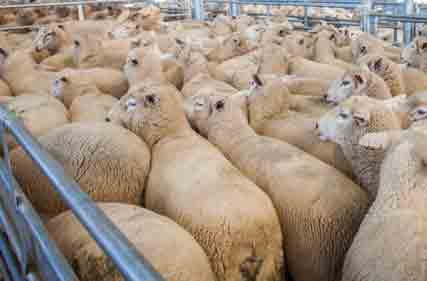 The eastern states trade lamb indicator started last week close to 100¢ below where it opened in June, bottoming out at 577¢/kg cwt on Monday.
The eastern states trade lamb indicator started last week close to 100¢ below where it opened in June, bottoming out at 577¢/kg cwt on Monday.
However, by the close of Thursday’s markets an apparent dead cat bounce had ensued (all things that fall from a great height ultimately bounce), with the indicator finishing at 605¢/kg, but still 34¢/kg cwt below year-ago levels.
Mutton prices declined by a similar magnitude however, unlike lamb, remain close to 30¢/kg cwt above this time last year.
Furthermore, goat prices have gone from strength-to-strength and, as discussed earlier this week, continue to break new records.
But what drove such a slide in the first place? And why haven’t all small stock registered a similar trend?
Some seasonal plant closures have taken buying pressure off the limited pool of supply. In addition, while small stock supplies remain relatively tight, the relative supply between species has shifted throughout 2017.
Weekly eastern states lamb slaughter averaged 344,000 head in June and was just 318,000 head last week – a contrast to the 360,000 head May average. While lamb supplies remain tight, goat and sheep are even tighter.
The decline in small stock slaughter reflects the degree of free space on eastern states kill sheets, primarily driven by the lack of sheep, and why some plants have temporarily closed or reduced shifts.
However, lamb supply has been less affected, with it now accounting for 75% of small stock killed over the past twelve months – in contrast to 65% in 2014.
https://www.mla.com.au/prices-markets/market-news/lamb-prices-slide-but-find-a-little-bounce/
